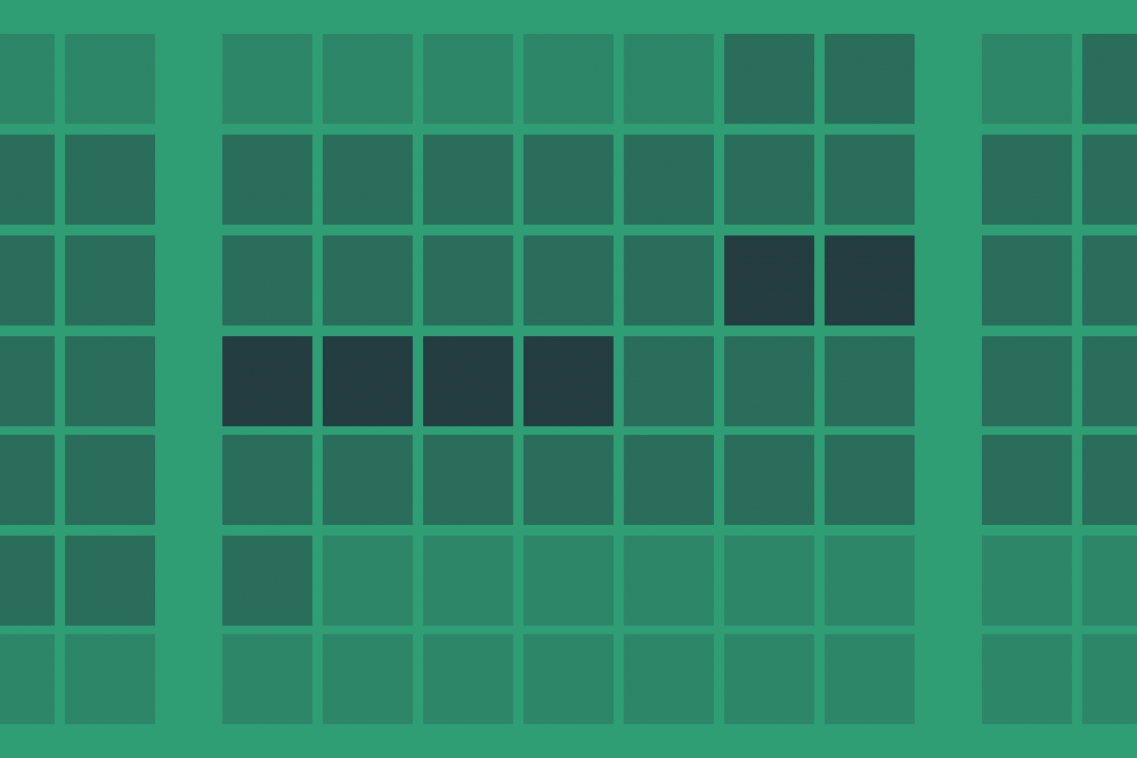Event
11 September 2017 at 10:00
<p>12 Great George Street, Parliament Square, London, SW1P 3AD</p>
This event is the first in a series of events taking place over the next year that will present new IFS research on how the NHS has responded to increases in patient demand in recent years, and what this means for patient health.








































